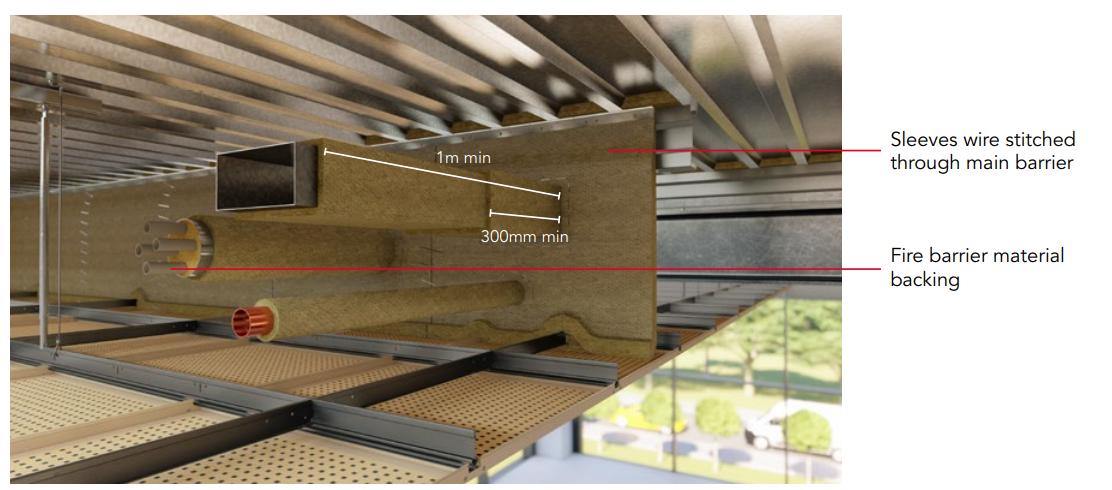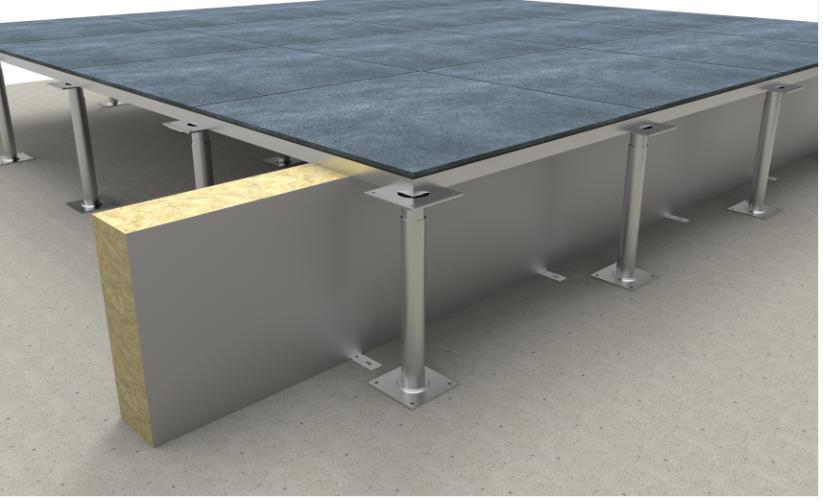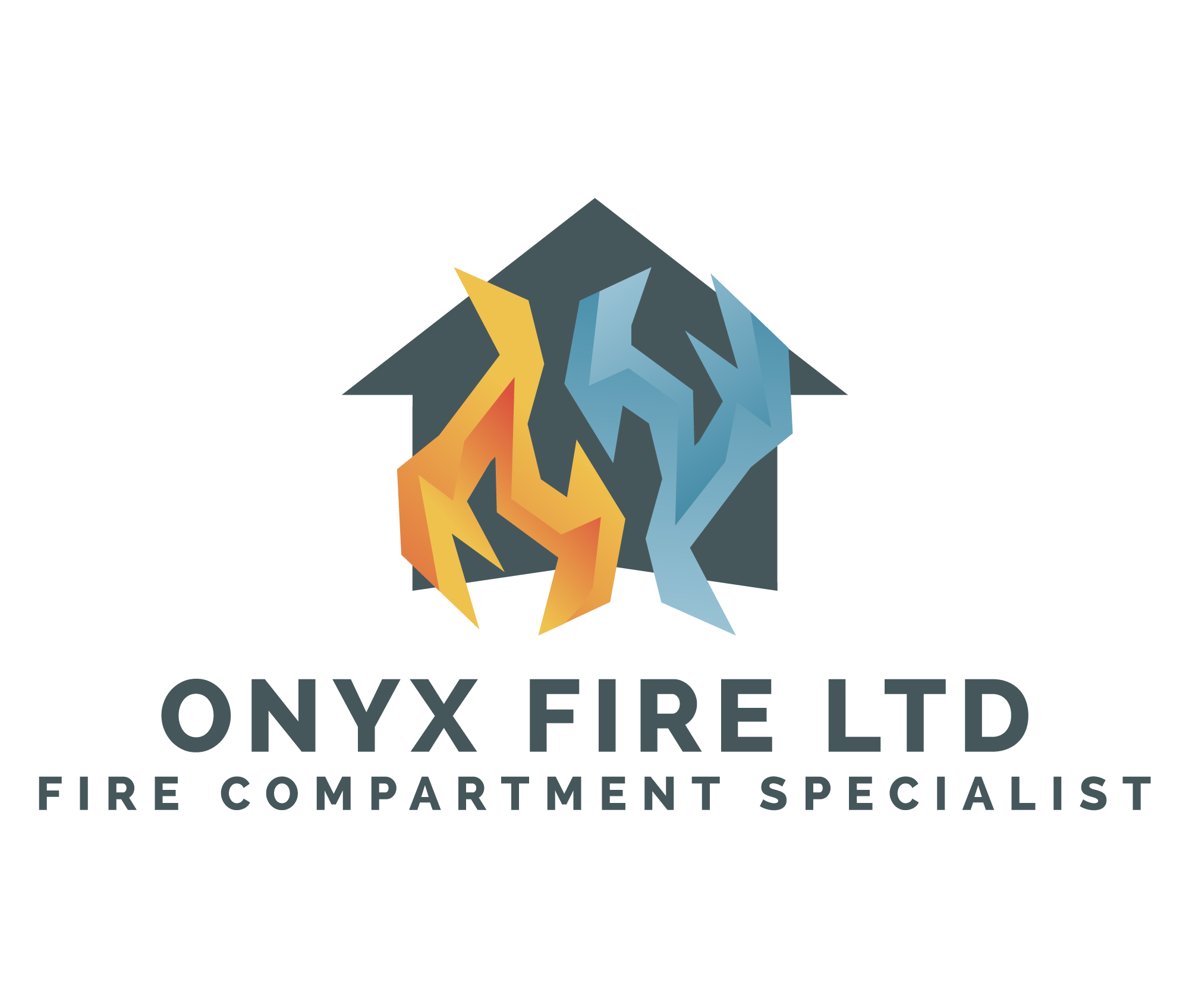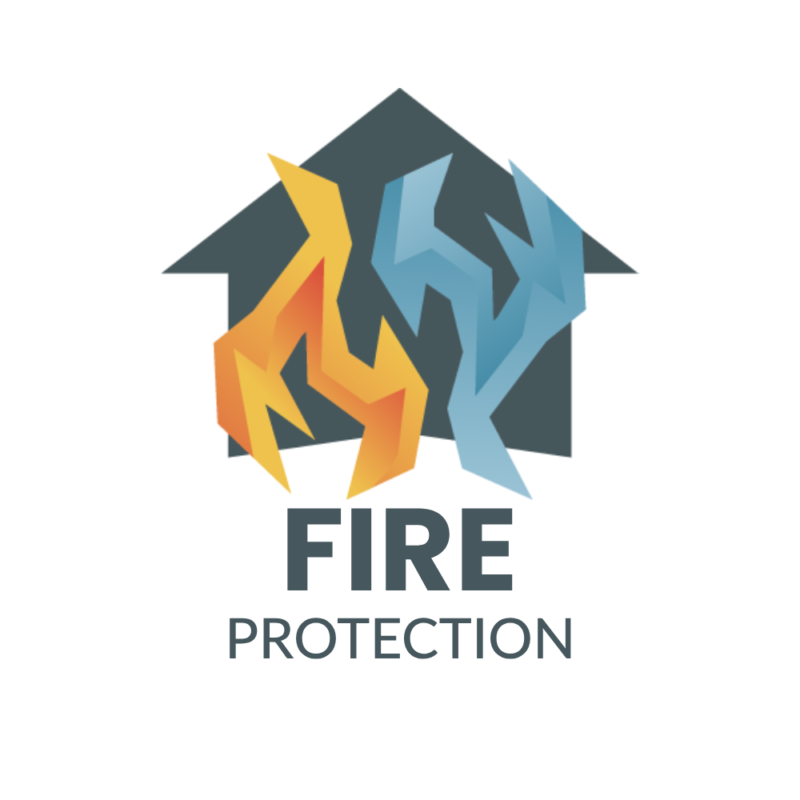

FIRE BARRIERS
There are two different types of fire barriers designed to offer smoke and fire protection within roofs and ceiling voids. One being a mineral fibre barrier which offers both insulation and fire protection, the other is a lightweight woven cloth material which offers an extremely cost efficient solution.
Why are Cavity Barriers Important?
A wide range of buildings are honeycombed with concealed cavities and voids within roofs, floors and walls. Concealed spaces in a building can present a significant danger, however, as they can act as a chimney; providing an easy route for flame, hot gases and smoke to move from one compartment of a building to another.
Cavity barriers ensure each compartment and concealed cavity of a building is sub-divided, preventing the rapid spread of fire from one compartment to another. Cavities that haven’t been effectively managed allow air to be drawn in and smoke to vent out, accelerating the spread of fire.
There are two different types of fire barriers designed to offer smoke and fire protection within roofs and ceiling voids. One being a mineral fibre barrier which offers both insulation and fire protection, the other is a lightweight woven cloth material which offers an extremely cost efficient solution.
Cavity fire barriers are an essential element of fire protection in modern buildings – research has shown that fires can extend up to 10 times higher in buildings without cavity barriers (regardless of whether the surfaces of the cavity are combustible or not).
BS 9991 provides recommendations and guidance on the design, management and use of residential buildings to ensure adequate fire safety measures are in place. It covers dwellings (houses/flats), residential accommodation blocks and specialised housing, and applies to both the design of new buildings and to alterations on existing buildings.





